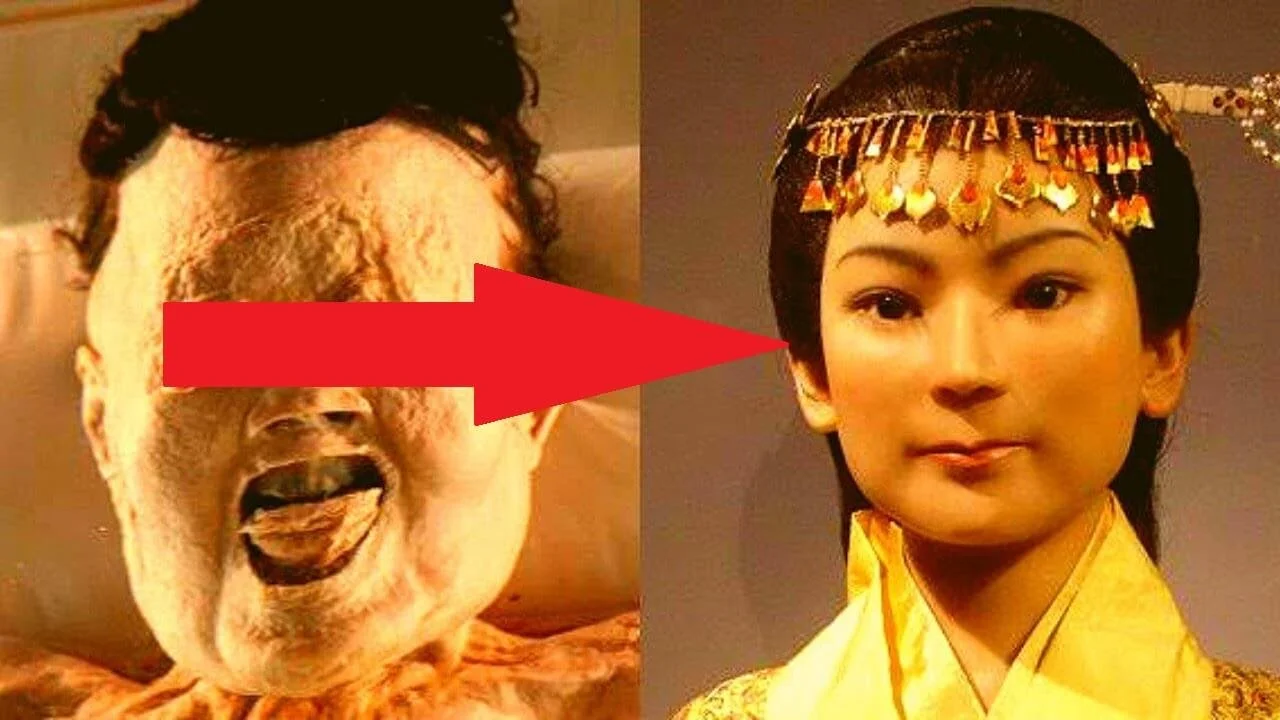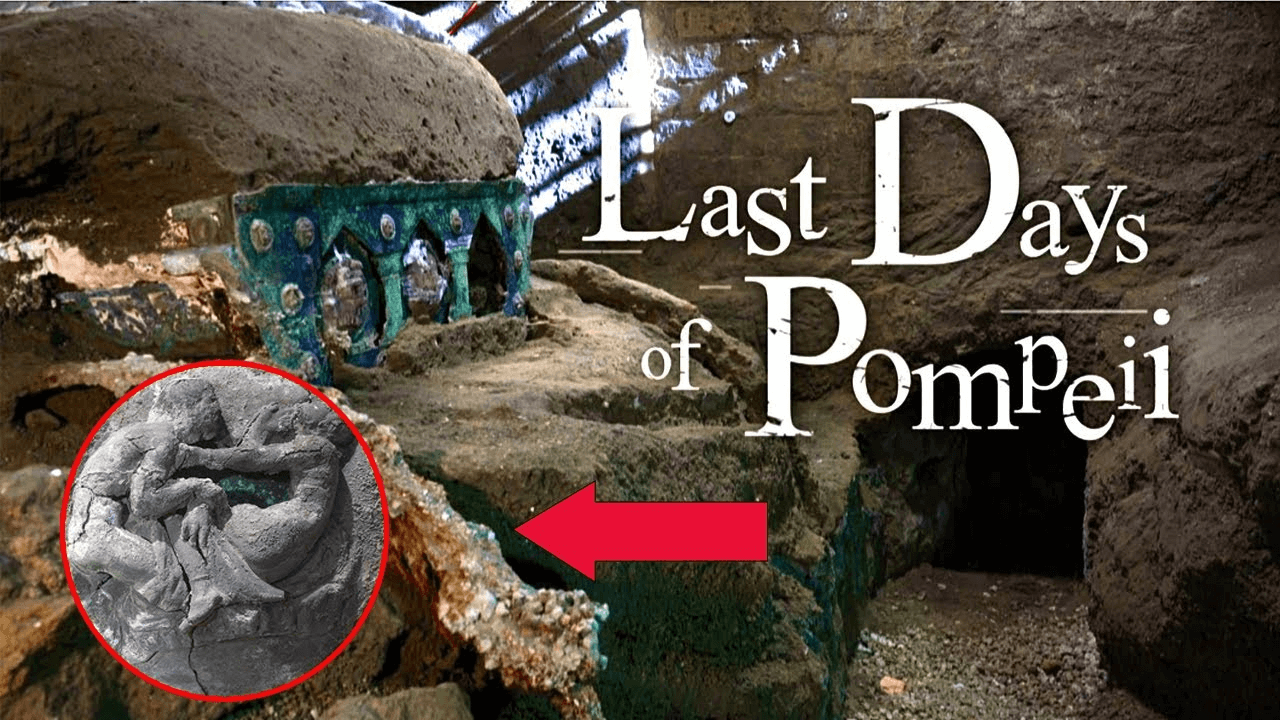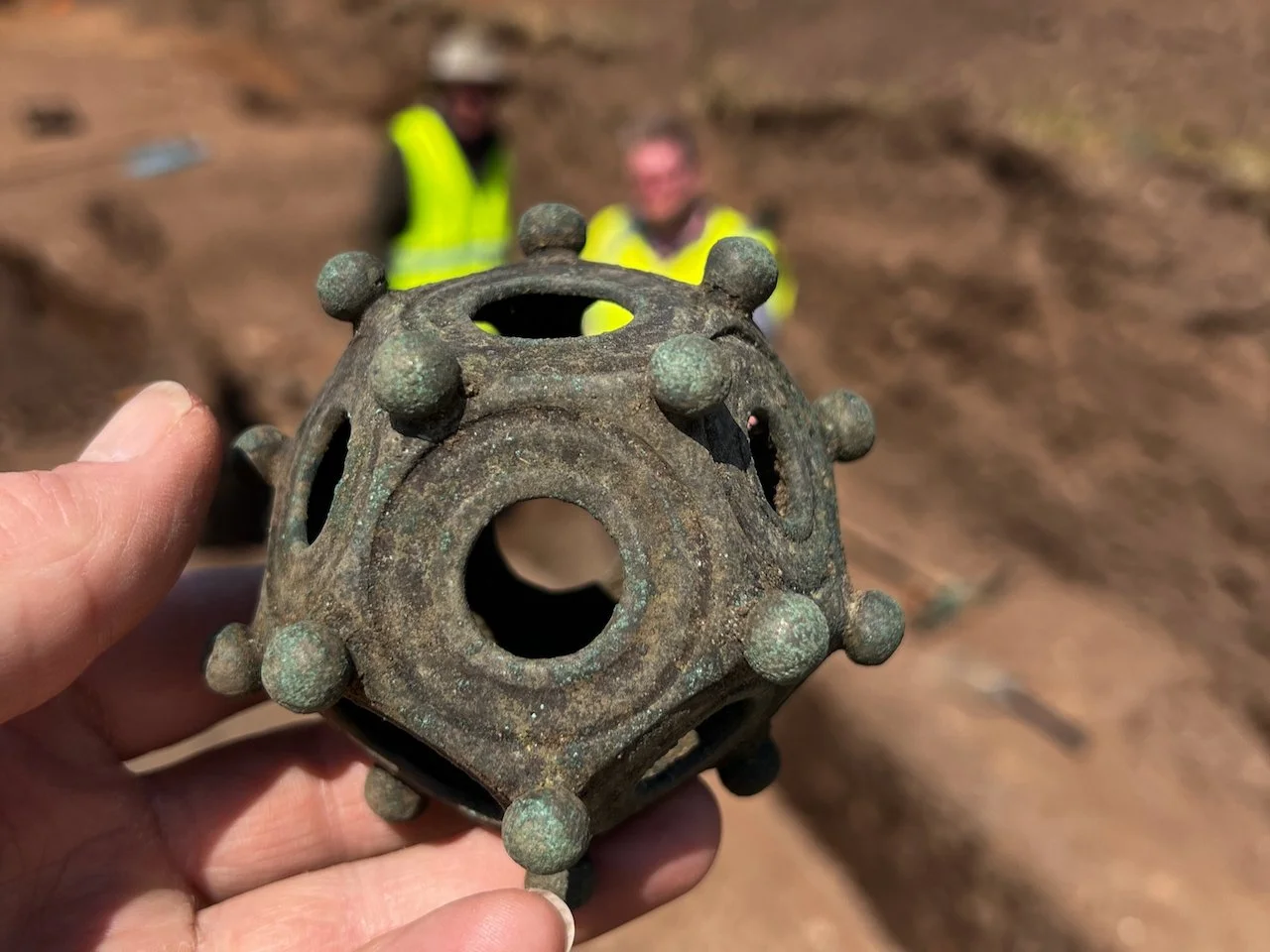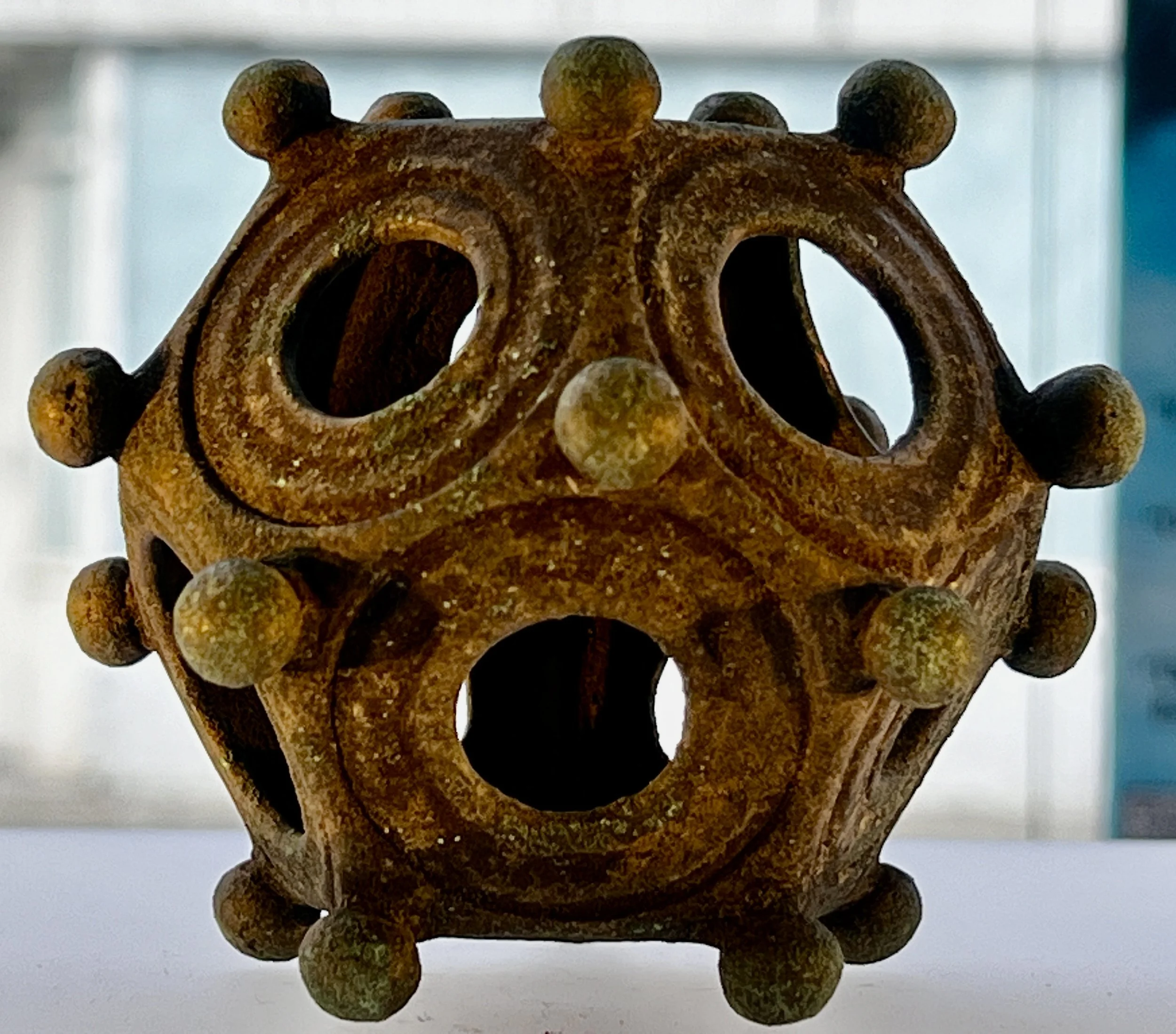Step into the awe-inspiring world of the Great Pyramid, a monument that stands as an enduring testament to human ingenuity and architectural mastery. For over 4,500 years, this colossal structure has defied the ravages of time, standing tall without crumbling into ruins or posing a threat to human life.
As thousands of tourists eagerly enter each year, their anticipation builds as they traverse the majestic path through the Grand Gallery, the gateway to the King's Chamber—the heart of the Great Pyramid. The gallery's corbelled walls and ceiling, reaching remarkable heights, reflect the grandeur of the ancient world's greatest structure, evoking a sense of wonder and admiration.
Yet, the Grand Gallery, with its majestic features, remains shrouded in mystery, captivating the imagination of those who explore its passageways. It stands as an ancient wonder, often overlooked by visitors who may not question its secrets.
In this video, we embark on a journey to shine a light on the Grand Gallery, uncovering the enigmatic features that make it a mysterious and integral part of the Great Pyramid. We delve into the hidden details, revealing aspects that may have been unnoticed or underappreciated. As we explore the passageways, we also delve into the ideas of an architect who believes he has unraveled the mystery, shedding new light on the purpose and function of this remarkable architectural feature.
Join us in this captivating exploration as we discuss the role of the Grand Gallery in the construction of the Great Pyramid of Egypt, revealing the intricacies that contribute to the enduring mystique of this ancient wonder.




































